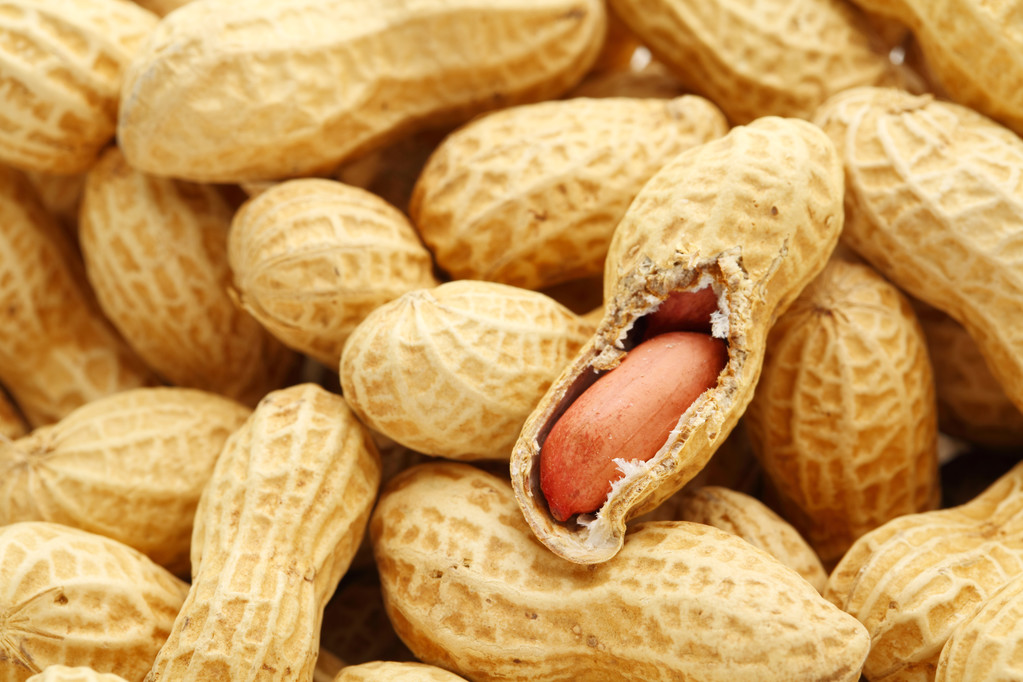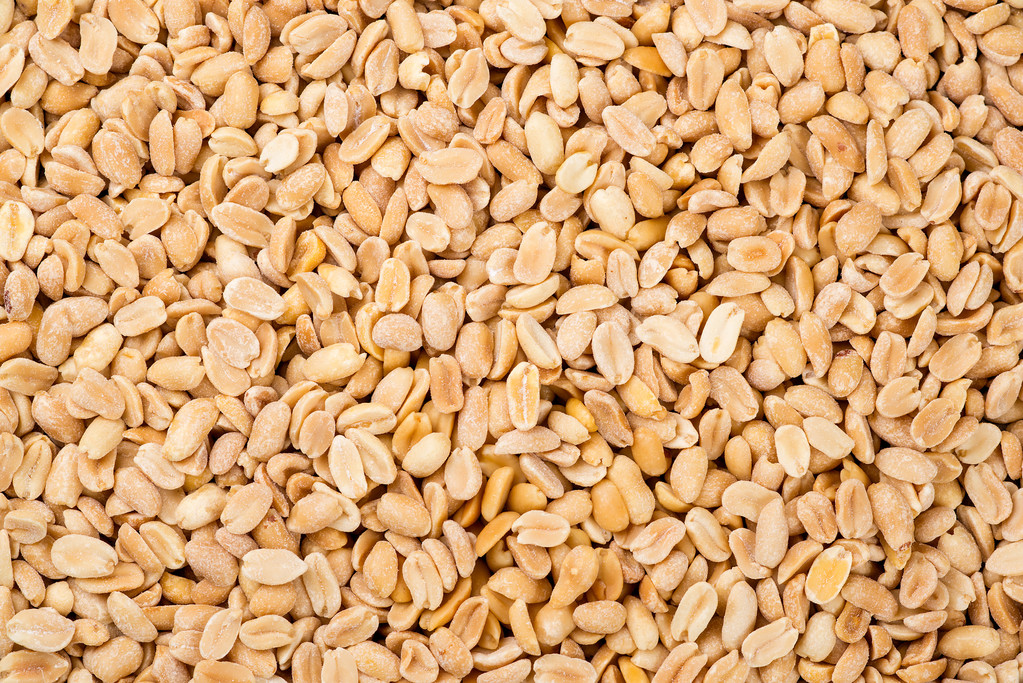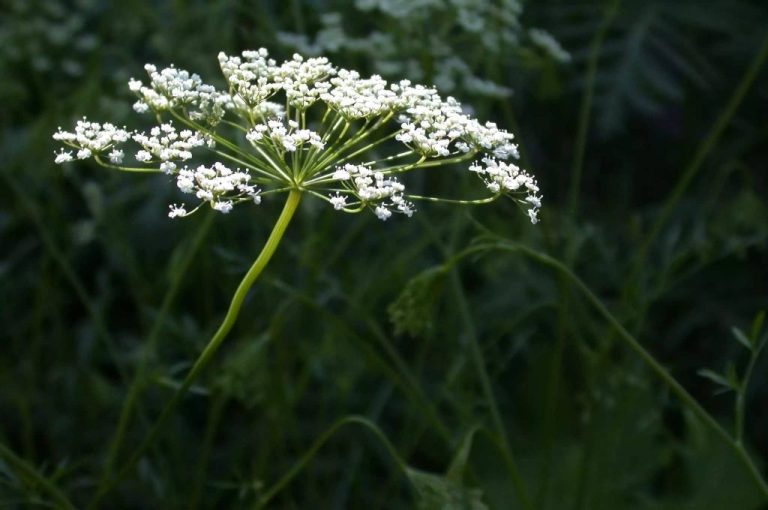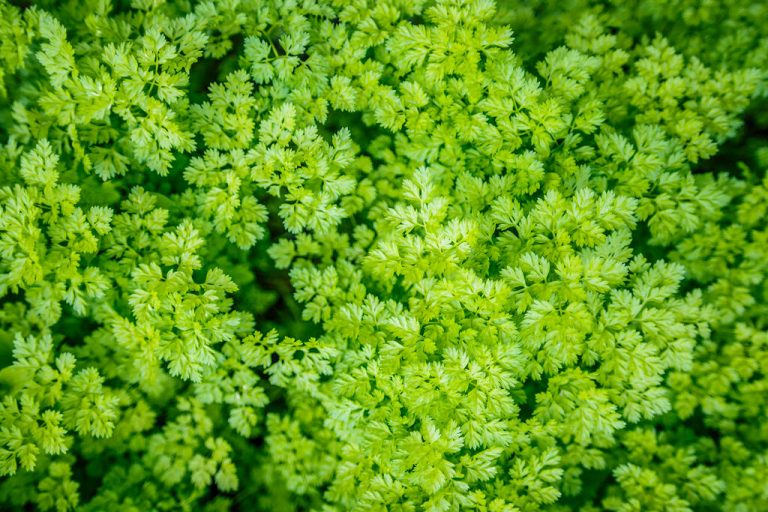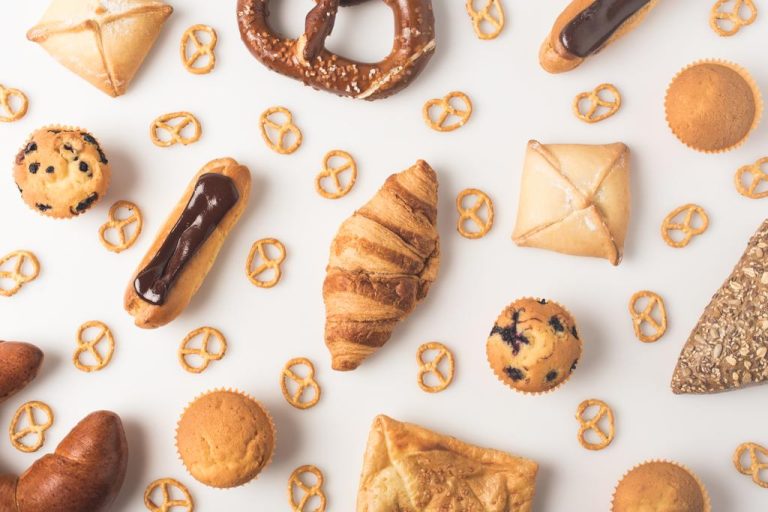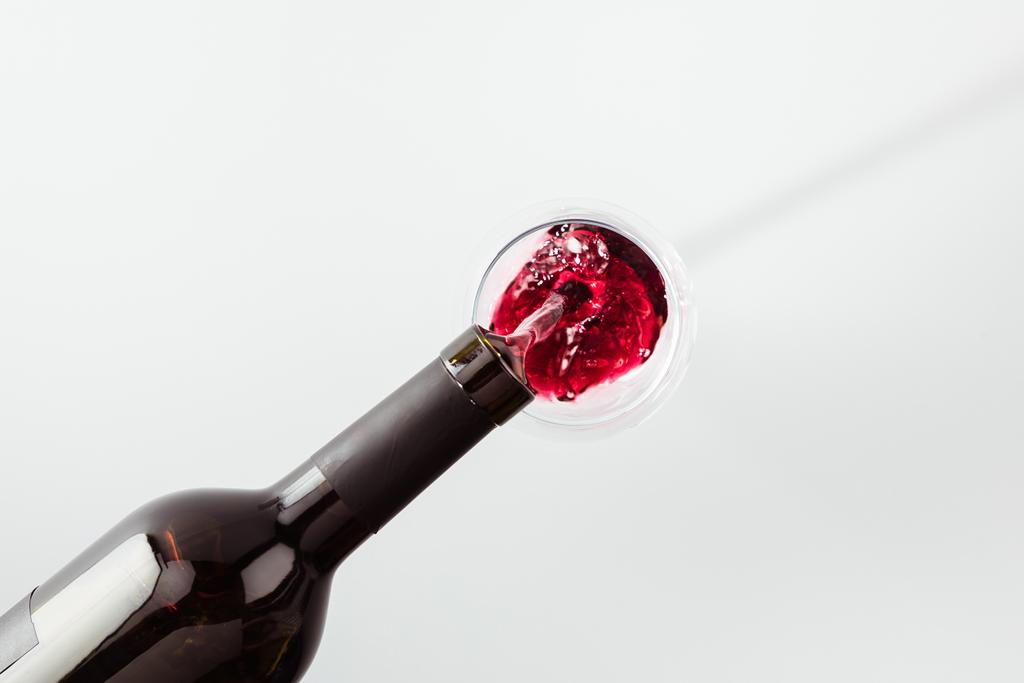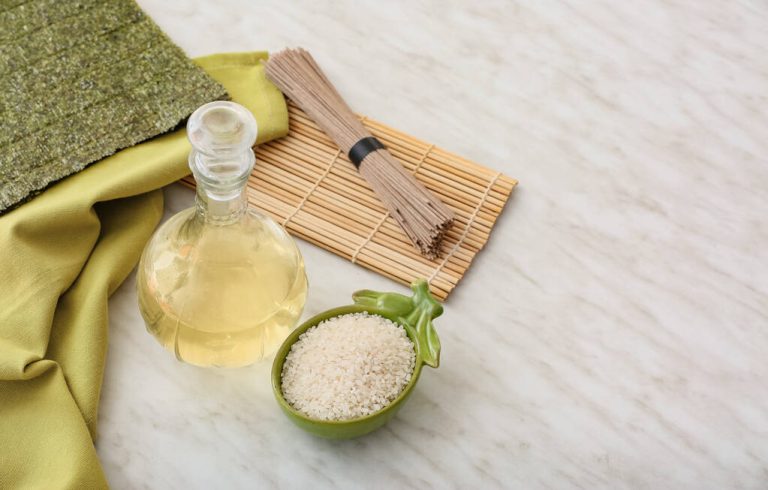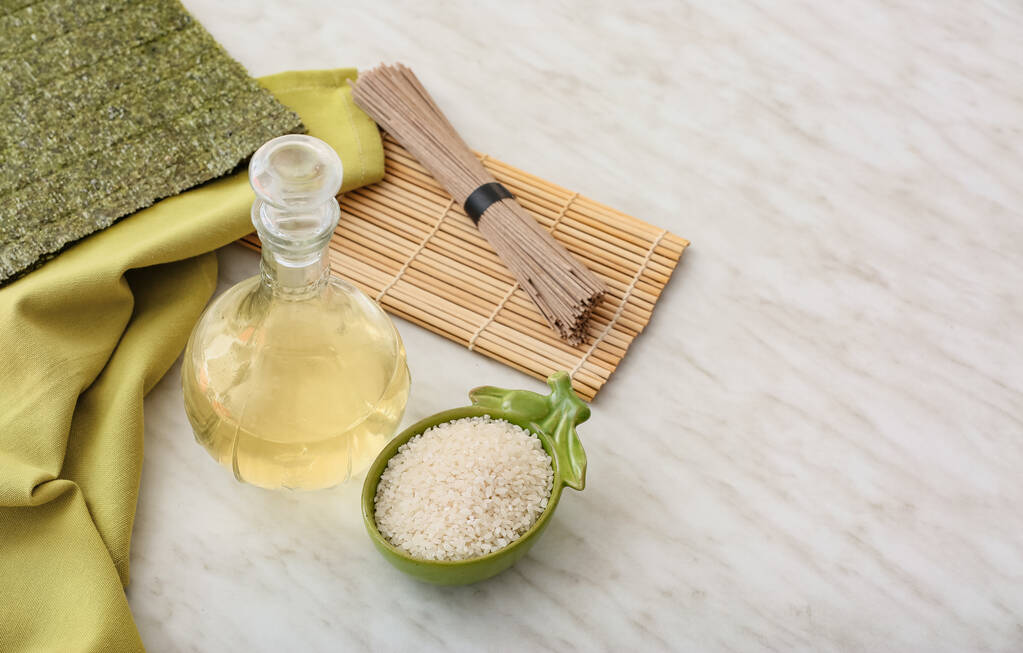Pumpkin seed oil is a particularly aromatic oil. Here you can find out what properties it has, what you can use it for and what you should definitely pay attention to when buying.
Many oils do not have a particularly distinctive taste or are even considered tasteless. It’s completely different with pumpkin seed oil: the oil is valued for its strong taste. It tastes particularly nutty and is suitable for numerous dishes and body care.

Pumpkin seed oil – origin and production
Pumpkin seed oil is made from the seeds of pumpkins, i.e. the pumpkin seeds. To be more precise: from the pumpkin seeds of the oil pumpkin. Only with this variety do the kernels have no woody shell, so they can be squeezed out. The special pumpkin variety came about through a random mutation around 100 years ago in Styria (Austria), where people soon discovered the oil in the seeds.
Austria and neighboring countries such as Hungary, Slovenia and Russia are still the main growing areas for the oil pumpkin. Another important growing area is China.
Only the cores are used for the production. They are washed, chopped, roasted and then pressed. The pulp can be plowed into the field as fertilizer and used as animal feed.
Properties and ingredients of pumpkin seed oil
Pumpkin seed oil is very dark in color. You can also tell the origin and processing of the oil by the color:
Oil from Austria is mostly dark green with a slight red-brownish tinge.
If the oil is more brown to yellowish, it usually comes from China, Russia or Eastern Europe.
The color of the oil can also be an indication of its manufacture and quality. If the oil is heated during processing, it also turns red-brownish to yellow. However, excessive heat damages the oil. The oil should therefore be processed as cold as possible. If the oil is dark green and shimmers slightly red against the light, it is ideal.
Other properties of pumpkin seed oil are its viscous consistency and its pleasant smell, which is not nearly as strong as the taste.
Pumpkin seed oil is characterized by a high proportion of monounsaturated and polyunsaturated fatty acids. The main ingredients also include:
Various vitamins (vitamin A, vitamin B1, vitamin B2 and vitamin C),
pantothenic acid,
biotin,
Minerals (e.g. chlorine, iron, fluorine, iodine, potassium, calcium, copper, magnesium, sulfur and zinc).
Use of Pumpkin Seed Oil
You can use pumpkin seed oil in different ways:
for cooking in the kitchen,
as a natural remedy,
for body care.
Due to its many good ingredients, pumpkin seed oil is considered an effective natural remedy. It is said to relieve prostate problems, lower blood pressure and help with joint problems. In addition, it is said to strengthen the immune system. For the precise use of pumpkin seed oil for health problems, you should speak to a doctor or pharmacist.
use in the kitchen
The most common use of pumpkin seed oil is in the kitchen. Because the oil just tastes really good. You can use it in many ways:
to refine pumpkin soup or pumpkin seed soup,
in the salad
in desserts.
You should mainly use pumpkin seed oil cold. If you heat it, the oil will quickly turn bitter. This can also happen to you if the oil is exposed to light for too long. Because pumpkin seed oil is also sensitive to light. Therefore you should store the oil in a cool and dark place. When storing, you should also note that the sensitive oil loses its aroma very quickly. It has a shelf life of around 12 months in an originally sealed bottle. Once you open it, you should use it within three months. It is therefore best to buy pumpkin seed oil in small quantities.
When buying pumpkin seed oil, you should pay attention to the origin of the oil. The oil is a regional specialty from Austria. The Styrian pumpkin seed oil is even a product with a protected geographical indication. You should also pay attention to the common organic labels when choosing the oil. In organic farming, for example, pesticides are prohibited.



